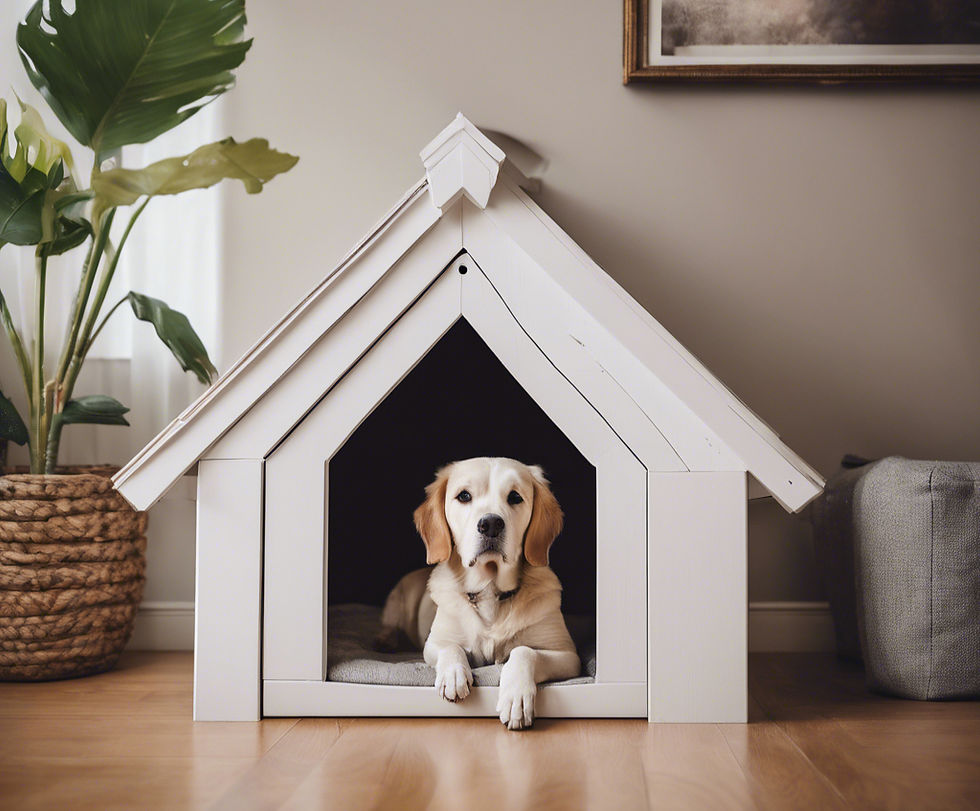Understanding and Addressing Dog Anxiety
- Iron Will Dog Training

- Aug 20, 2024
- 2 min read
Updated: Jun 1

Dog anxiety is a common issue that affects many pets and their owners. Just like humans, dogs can experience anxiety, which can manifest in various ways. Addressing dog anxiety is crucial for the well-being of your furry friend and can prevent more serious behavioral and health issues.
What is Dog Anxiety?
Dog anxiety can be caused by a variety of factors, including fear, separation, and aging. Fear-related anxiety can be triggered by loud noises, strange environments, or unfamiliar people and animals. Separation anxiety occurs when dogs are left alone and can lead to destructive behaviors. Age-related anxiety is often seen in older dogs and can be linked to cognitive decline.

Symptoms of Dog Anxiety
Recognizing the symptoms of dog anxiety is the first step in addressing the issue.
Common symptoms include:
Aggression
Urinating or defecating in the house
Drooling and panting
Destructive behavior
Excessive barking
Pacing and restlessness

The Importance of Addressing Dog Anxiety
If left untreated, dog anxiety can lead to more severe behavioral problems and health issues. An anxious dog is not only unhappy but can also become aggressive or develop chronic health conditions. Addressing anxiety early can improve your dog’s quality of life and strengthen the bond between you and your pet.
Identify Triggers: Observe your dog to understand what causes their anxiety. This could be specific situations, environments, or objects.
Create a Safe Space: Provide a comfortable and secure area where your dog can retreat when feeling anxious.
Exercise and Mental Stimulation: Regular physical activity and mental challenges can help reduce anxiety.
Training and Socialization: Gradual exposure to new experiences and positive reinforcement can build your dog’s confidence.
Consult a Professional: In some cases, medication or professional training may be necessary.

Addressing dog anxiety is essential for the health and happiness of your pet. By understanding the causes and symptoms, and taking proactive steps to manage anxiety, you can ensure a better quality of life for your furry friend.







